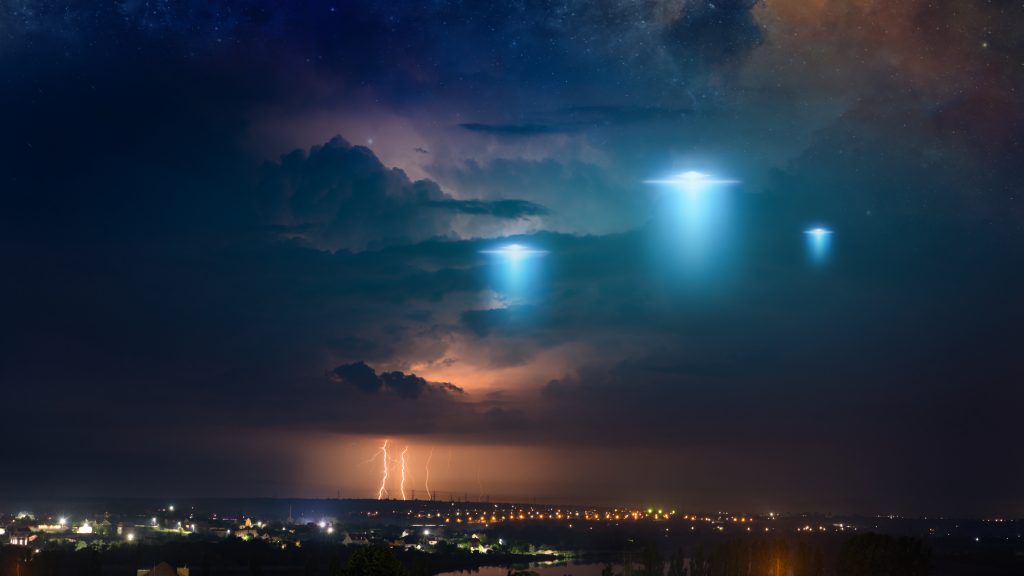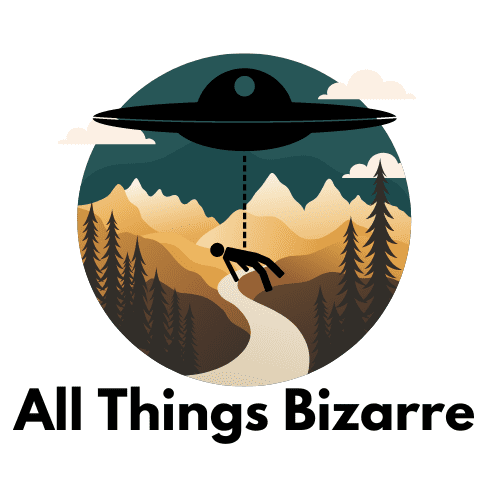NASA’s Strategy to Investigate Unexplained Sightings
As reports of what were once known as UFOs (Unidentified Flying Objects) continue to surface, NASA has begun taking this matter seriously. After the publication of a report by an autonomous panel of specialists in disciplines including astronomy and aviation safety, NASA has chosen a fresh director to lead investigations into Unidentified Anomalous Phenomena (UAPs).
NASA now uses the term UAPs instead of UFOs. The committee’s task was to gather reports of UAPs and attempt to comprehend the nature of these mysterious events, including addressing the question of whether they could have an extraterrestrial origin.

In May, the committee conducted a press briefing to offer an update on their advancements. During this conference, the team outlined common explanations for UAP sightings, including phenomena like low-lying boats and high-altitude balloons, while acknowledging that many events remained genuinely unexplained.
Now, the committee has published a comprehensive report detailing their findings and recommendations for NASA’s future actions. The report also includes NASA’s response and their plan moving forward, which can be accessed in full here.
The report emphasizes that, so far, the committee has found no evidence to suggest that any reported UAP events involve extraterrestrial beings. However, for those reports that remain unexplained by terrestrial phenomena or aircraft, the committee does not rule anything out. While an extraterrestrial origin is considered unlikely, there is no concrete evidence available to determine the nature of these sightings.
The remainder of the report outlines NASA’s response to these findings and their strategies for ongoing research.
Emphasis on Transparency
One significant response from NASA has been the appointment of a Director of UAP Research, a newly established role. Initially, NASA chose not to disclose the identity of the appointee, in an attempt to protect them from potential harassment similar to what some committee members have experienced due to their involvement in UAP research.
However, NASA has committed to complete transparency regarding their work on UAPs and any findings they uncover. In the end, NASA announced that Mark McInerney, a former NASA representative to the US Department of Defense, would assume the position of UAP Research Director.
Additionally, NASA has proposed the development of a smartphone app to facilitate future reporting of UAPs. While the committee has access to hundreds of sightings for study, they have encountered difficulties due to inadequate data and image quality.
NASA aims to address this issue in future reports by leveraging the billions of high-tech detectors carried by people worldwide in the form of smartphones. These devices are capable of collecting high-quality information, including photos, videos, as well as data on gravity, magnetic fields, and location. With public cooperation, NASA envisions a future where individuals can report sightings directly from their smartphones to the agency.
Another intriguing aspect highlighted in the report is NASA’s belief in the potential role of artificial intelligence (AI) and machine learning as the research continues. Identifying patterns in UAP reports, such as geographic hotspots, may hold the key to understanding the causes behind some of the still-enigmatic events.

Human beings have a knack for recognizing patterns, but occasionally, these patterns can be so faint and surprising that they escape human observation. Fortunately, AI is becoming increasingly adept at pattern recognition, offering the intriguing possibility that AI could be crucial in identifying the first evidence of extraterrestrial life visiting Earth. While identifying extraterrestrial beings is considered unlikely, NASA has not ruled out this possibility.
The week of the report’s release coincided with a surge in discussions about extraterrestrial phenomena. In Mexico, journalist Jaime Maussan presented alleged “mummified aliens” to the country’s Congress, claiming they had been found in Peru.
According to Maussan, these specimens contained non-human DNA, although independent verification of this claim has not yet occurred. In fact, the authenticity of these alleged alien corpses has been met with skepticism. The world will have to wait for more concrete evidence in both cases.
As NASA continues to collect reports, there may be an opportunity to gain more clarity regarding the nature of these unusual objects. If an independent examination of the Mexican specimens is conducted, it may offer a solution to this assertion as well.
